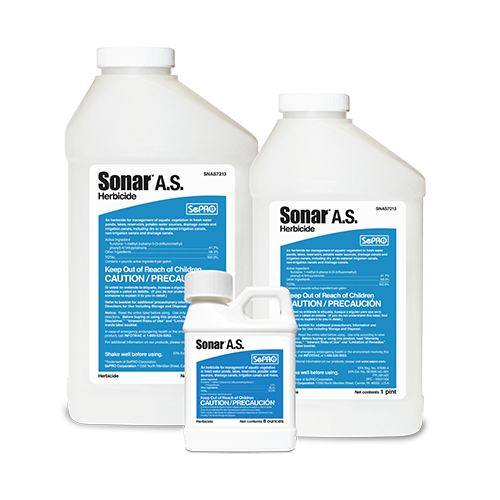Duckweed, a diminutive free-floating aquatic plant, is a member of the Lemnaceae family. Among the tiniest and most uncomplicated flowering plants on our planet, various species of duckweed thrive in freshwater habitats globally. The following provides a fundamental overview of duckweed.
Physical Traits:
Duckweed is characterized by minute, oval-shaped leaves or fronds that hover on the surface of calm or sluggishly flowing freshwater bodies, such as ponds, lakes, and gentle streams. The size of these leaves generally ranges from 1 to 5 millimeters, varying among different species. While duckweed plants typically exhibit a vibrant green hue, their coloration may fluctuate based on environmental factors.
Reproduction:
Duckweed undergoes swift and primarily asexual reproduction by budding, where new plants sprout as small offshoots from the parent plant. This efficient process allows a single duckweed plant to generate numerous daughter fronds in a brief period, facilitating the rapid spread across water surfaces.
Ecological Significance:
Duckweed holds a crucial position in aquatic ecosystems, serving as both habitat and sustenance for a diverse range of aquatic organisms, including insects, small fish, and waterfowl.
Moreover, duckweed contributes to the enhancement of water quality by absorbing surplus nutrients, such as nitrogen and phosphorus. This role aids in mitigating the potential for algal blooms and eutrophication in water bodies.
Uses, Benefits, and Challenges:
Duckweed has garnered attention as a promising source of biofuel due to its high growth rate and its ability to accumulate lipids that can be converted into biodiesel.
Additionally, it is under investigation for its potential as a valuable source of animal feed and human nutrition, given its high protein content. Some cultures have traditionally utilized duckweed as a food source.
However, there are challenges associated with duckweed. While it can effectively control nutrient levels in water bodies, inadequate management can lead to its invasive proliferation, covering entire water surfaces and potentially impacting other aquatic life. In certain regions, duckweed is considered a weed and requires active management to prevent overgrowth.
Cultivation:
Duckweed is easily cultivated and can thrive in controlled environments such as tanks or artificial ponds. Its growth is dependent on sunlight, carbon dioxide, and nutrients, with a particular emphasis on nitrogen and phosphorus.
Environmental Applications:
Due to its nutrient-absorbing capabilities, duckweed finds applications in wastewater treatment systems, where it aids in removing pollutants from effluent water.
In summary, duckweed, a small, floating aquatic plant, holds ecological significance and presents various potential uses. Its rapid growth, while advantageous in certain applications, requires careful management to avoid unintended ecological consequences. Ongoing research continues to explore the plant's potential in bioenergy, agriculture, and wastewater treatment.




